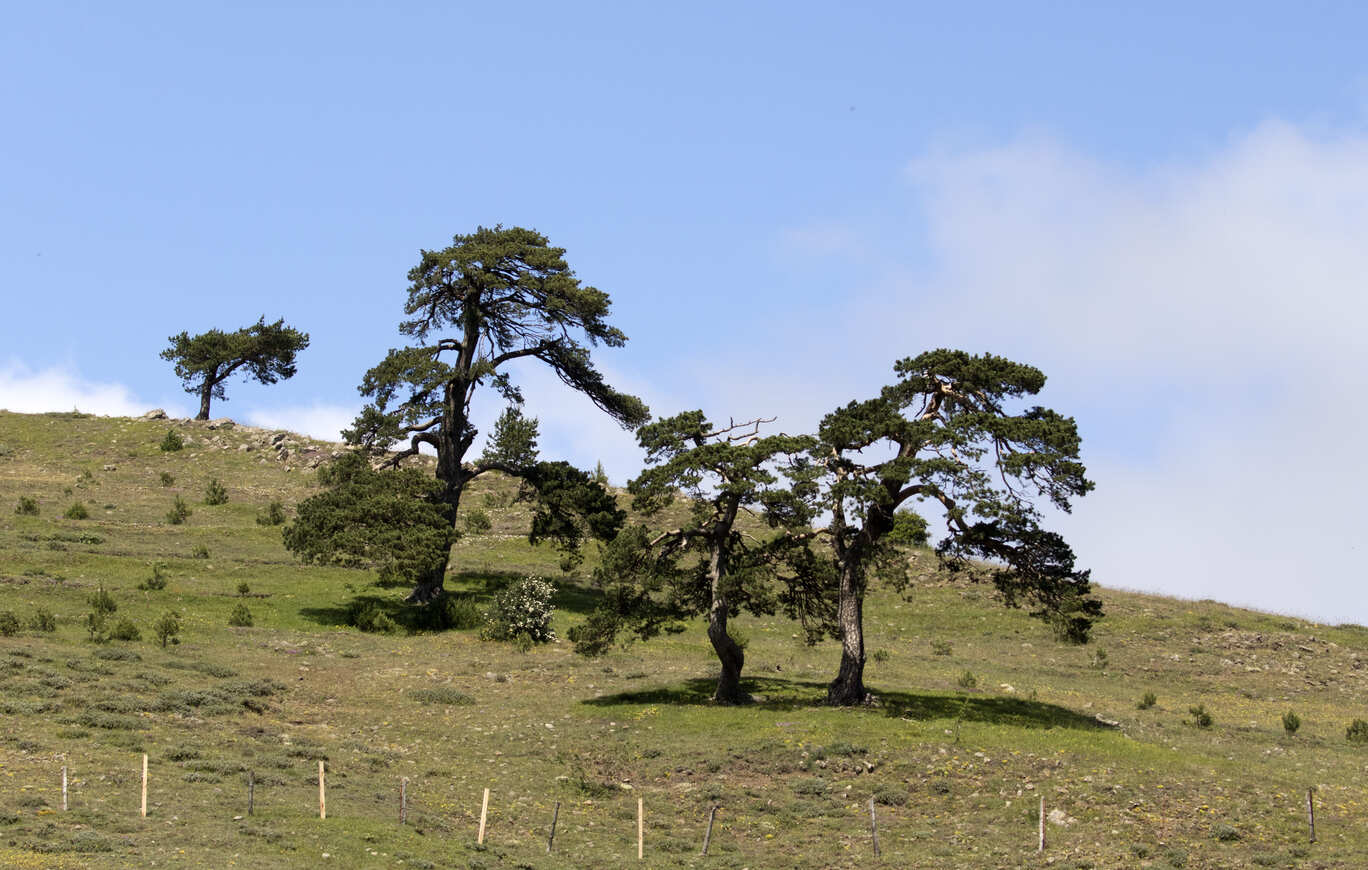Small pine trees can be a beautiful and low-maintenance addition to any patio, balcony, or small garden. These compact, slow-growing conifers offer year-round greenery and a touch of natural elegance to your outdoor space. Whether you’re looking to add a focal point, create a mini-landscape, or simply enjoy the soothing presence of a pine tree, there are several varieties that thrive in container gardening.
What are the Best Types of Small Pine Trees for Pots?

When it comes to selecting the right pine tree for a pot, there are a few key factors to consider. The most suitable varieties are those that naturally maintain a compact, manageable size, even when mature. Some of the best small pine tree options for pots include:
-
Dwarf Mountain Pine (Pinus mugo): This slow-growing pine reaches a height of 3-5 feet and spreads 3-5 feet wide, making it an ideal choice for small spaces.
-
Mugo Pine (Pinus mugo): A resilient and compact pine that adapts well to container gardening, reaching 3-6 feet tall and wide.
-
Japanese Black Pine (Pinus thunbergii): Although this pine can grow quite tall (20-50 feet) in the ground, it can be kept smaller in a pot, maintaining a conical shape.
-
Dwarf Siberian Pine (Pinus pumila): This cold-hardy variety adapts well to container growing, maintaining a manageable size of 3-6 feet tall and wide.
What Size Pot is Best for Small Pine Trees?

When selecting a container for your small pine tree, it’s important to choose a pot that is roughly twice the width of the plant’s root ball. This will provide enough space for the roots to grow and thrive. Opt for heavy materials like clay or ceramic to prevent the tree from becoming top-heavy and falling over.
Be sure to choose a pot with adequate drainage holes to prevent waterlogging, which can lead to root rot. Fill the container with a well-draining, peat-based potting mix that is slightly acidic to neutral in pH.
How to Care for Small Pine Trees in Pots?
Caring for small pine trees in containers requires a slightly different approach than those planted in the ground. Here are the key considerations:
Watering
Pine trees in pots will require more frequent watering than their in-ground counterparts, as the soil in containers tends to dry out faster. Water deeply, ensuring the soil is moist but not waterlogged. In late fall, water the tree thoroughly before the soil freezes, and provide water on warm winter days (above 40°F) as needed.
Fertilization
Pine trees have limited root space in containers, so they require a more cautious approach to fertilization. Use a balanced, water-soluble fertilizer at half the recommended strength, applying it sparingly during the growing season.
Light Requirements
Small pine trees thrive in full sun, requiring at least 6 hours of direct sunlight per day. If growing indoors, supplement with artificial lighting to ensure your pine tree receives adequate light.
What are the Challenges of Growing Pine Trees in Pots?
While small pine trees can be a rewarding addition to container gardens, there are a few challenges to be aware of:
-
Pest Management: Monitor your pine tree regularly for common pests like spider mites, scale, and aphids. Treat any infestations with insecticidal soap or neem oil.
-
Disease Prevention: Inspect your pine tree for signs of disease, such as fungal infections or root rot. Maintain good air circulation and avoid overwatering to prevent disease issues.
-
Indoor Growing Conditions: Growing pine trees indoors can be particularly challenging, as they require full sun and specific temperature and humidity levels. Supplement with artificial lighting and maintain a humid environment to ensure your indoor pine tree thrives.
Can Pine Trees Grow Well in Pots Indoors?
While pine trees are primarily outdoor plants, it is possible to grow them indoors, but it requires careful attention to their specific needs. Here are some key considerations for growing pine trees in pots indoors:
Light Conditions
Pine trees require full sun, which can be difficult to achieve indoors. If your indoor space doesn’t receive at least 6 hours of direct sunlight per day, you’ll need to supplement with artificial lighting to ensure your pine tree receives the light it needs.
Temperature Preferences
Most pine species prefer temperatures between 35°F and 75°F. Maintaining this temperature range can be a challenge in some indoor environments, so you may need to adjust the thermostat or use a space heater to keep your pine tree comfortable.
Humidity Levels
Pine trees thrive in a humid environment, ideally with a relative humidity between 40% and 60%. To achieve this, you may need to use a humidifier or mist the tree regularly.
By carefully considering the light, temperature, and humidity requirements of your indoor pine tree, you can successfully grow these compact conifers in pots, even in small spaces.
References:
1. https://www.epicgardening.com/pine-tree-growth-rate/
2. https://www.thespruce.com/pine-trees-from-around-the-world-3269718
3. https://plantaddicts.com/growing-pine-trees-in-pots/
